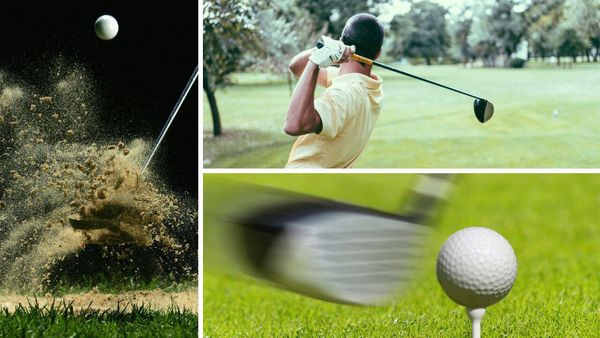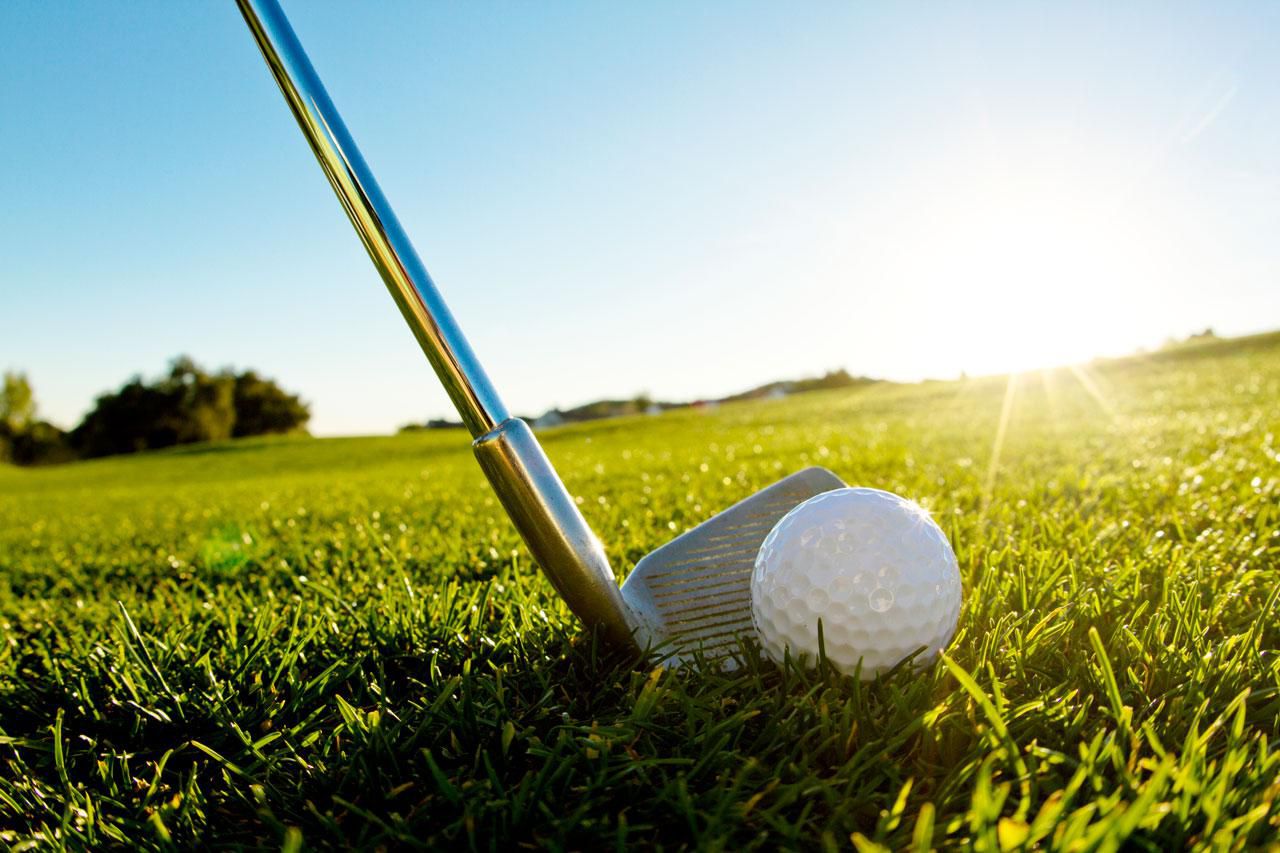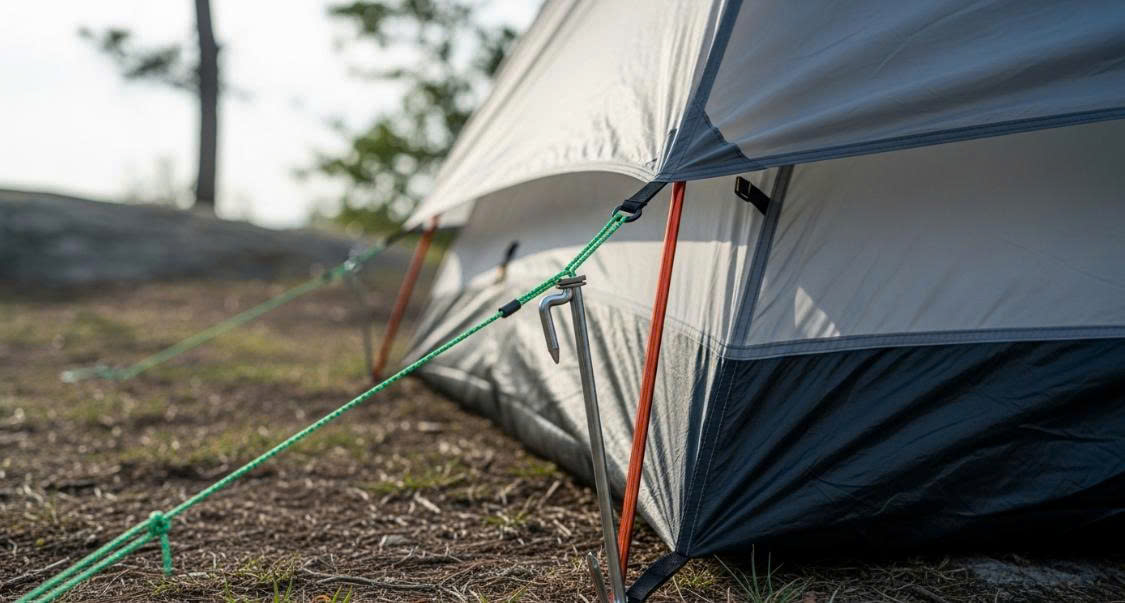A good ball speed in golf varies depending on the club and ability level; for example, professionals often attain 160-180 mph with a driver, while average amateurs accomplish 110-140 mph. Pros reach 120-130 mph with a 7-iron, while amateurs average 75-95 mph.
Hey folks, Emily here to chat about an important aspect of the game that I know lots of you are curious about - ball speed. How fast are you really striking it compared to other golfers? Well, after decades of playing and studying the swings of pros and amateurs alike, I've noticed some typical ranges.
Understanding Ball Speed - What is A Ball Speed in golf?
Ball speed refers to how fast the golf ball travels after being struck by the club. It is an important aspect in deciding the distance the ball will travel. Typically, the faster the ball, the larger the distance covered.

When it comes to maximizing distance out on the course, one of the most important things for any golfer to understand is ball speed off the clubface. In simple terms, ball speed is how quickly the ball takes off immediately after impact with the club.
The faster that ball is traveling as it leaves the face, the farther it's generally going to fly down the fairway or green. We've all seen the long drive champions on TV absolutely smoke one and think "how did he do that?". Well, the answer usually comes down to ball speed - they're regularly launching it at speeds most amateurs can only dream of!
Now achieving elite ball speed takes an incredibly refined golf swing. But even average recreational players can boost their distances significantly with modest improvements to how fast they swing and deliver the club to the ball. Every extra mile per hour equates to an additional couple yards carry, so the gains really add up.
So whether your goal is to tear up the links or just shave a few strokes off your score, get more familiar with your individual ball speeds for different clubs. Focus practice on swing techniques and equipment tweaks that can help dial in your best possible ball speed off each club. It may be the single most important stat for any golfer looking to take their game to new distances.
Average Ball Speeds by Skill Level
- Professional Golfers (PGA Tour): Approximately 167 mph for drivers, with some elite players exceeding 180 mph.
- Scratch or Better Players: Around 161 mph.
- 5 Handicap Players: About 147 mph.
- 10 Handicap Players: Approximately 138 mph.
- Average Male Golfer (14.5 Handicap): Roughly 133 mph.
- Bogey Golfers: About 131 mph.
- Average Female Golfer: Typically around 111 mph, with female players at a 5 handicap averaging about 125 mph.
Of course, the PGA Tour bash brothers are in their own area code when it comes to speed off the tee. Consistently clocking in above 167 mph driver speeds, with some true bombers touching 180! Scratch players and better will often see 161 mph.
As you start to add a few strokes, speed dips some but not too much. Five-handicaps commonly hit 147 mph. Ten-index golfers tend to push it around 138 mph on average. And most "regular Joes" packing a 14.5 handicap should expect speeds of 133 mph.
The ladies also throw it down but do see slightly lower numbers overall. An average female golfer's ball speed is around 111 mph. Though if she's a five-handicap or lower, you'll likely catch her in the 125 mph range.
Read more: Scottie Scheffler's Secret Weapon: Titleist Pro V1 Ball
Factors Influencing Ball Speed
- Swing Speed: Faster clubhead speed generally leads to higher ball speed.
- Impact Quality: The efficiency of the strike (center of the clubface) affects how much energy is transferred to the ball.
- Equipment: The type of driver, its loft, and its design can significantly impact ball speed.
- Launch Conditions: Launch angle and spin rate also play crucial roles in determining how far the ball travels after impact.
Importance of Ball Speed
Being aware of how ball speed directly translates to distance is so imperative for any golfer looking to get more out of their game. As a former competitive player and current equipment reviewer, I’m always trying to share actionable insights that can really move the needle.

In terms of gaining yardage, zeroing in on ball speed is one of the most significant ways to squeeze extra performance from your abilities. We’re talking major advantages here - each additional mile per hour translates to an estimated two more yards carried. Now do that math over even just a few swings and you’ve added serious real estate.
So whether you’re putting in focused practice reps or investigating new shaft technologies, understand that return on investment potentially doubles when it leads to a ball speed boost. The averages I’ve outlined highlight the magnitude of separating yourself from other skill levels as well.
At the end of the day, being aware of your personal ball speed metrics and dedicated to its improvement provides a tremendous opportunity to take the entire scoring equation lower. Few other stat upgrades can pack as much power to lower handicaps or win closest-to-the-pin bets!
Now obviously, each player's mechanics and equipment makeup come into play too. But hopefully this gives a basic idea of where your speeds usually compare. Remember, speed plus accuracy is the name of the game out there. Let me know if any other golf questions come up!








.jpg)
.jpg)






